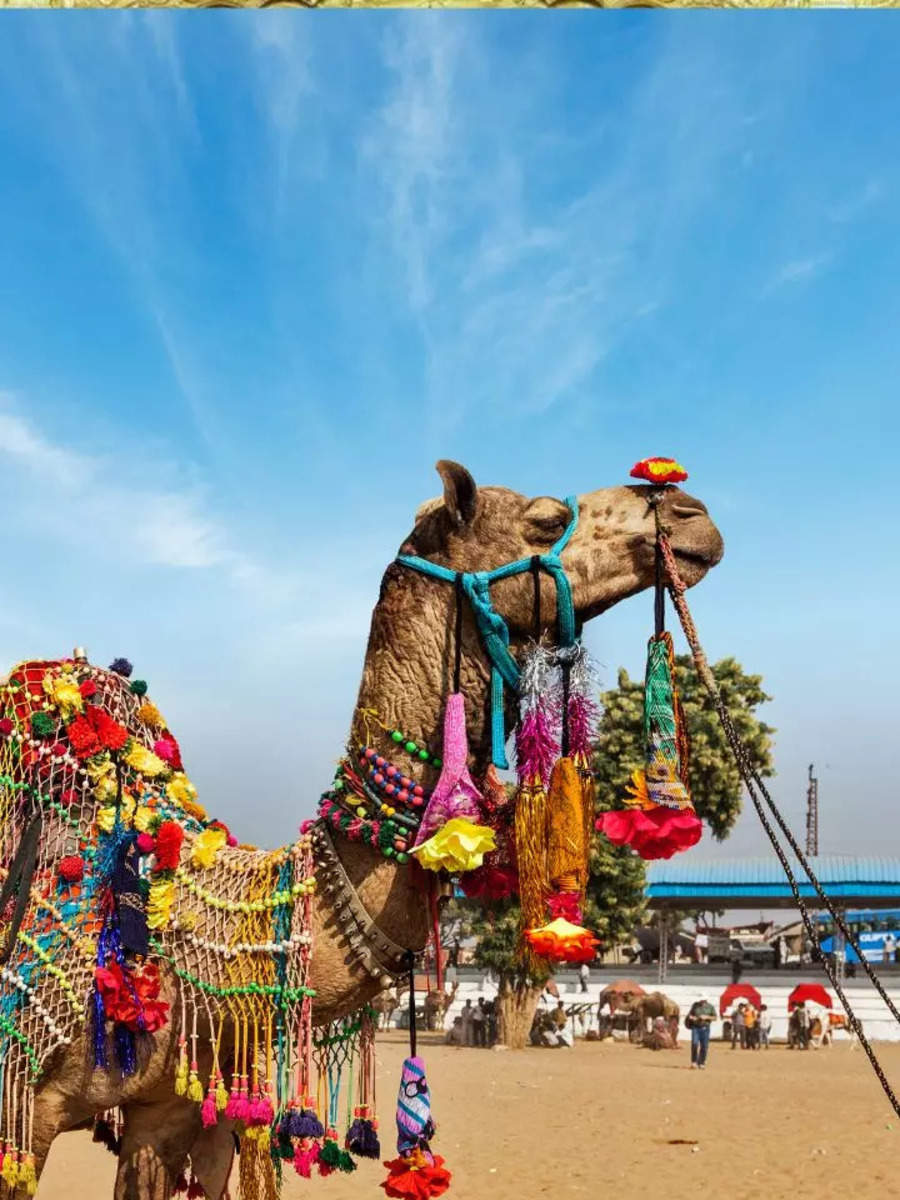Gopashtami, the Hindu festival that worships and celebrates the holy cow, the one who nourishes all beings, is being celebrated in India on November 9, 2024. It is celebrated on the 8th day (Ashtami) of Kartik month according to the Hindu calendar and falls anywhere between October and November according to the Gregorian calendar.
Gopashtami celebrates and highlights the sacredness of cows in Hinduism, and puts importance on the ideals of kindness and worship.
The history of Gopashtami
The history of Gopashtami is primarily linked to two topics – 1. The sacred nature of cows in Hinduism, and 2. The love for cows that Lord Krishna had, and the way he worshipped and adored them.
According to legends and beliefs, Lord Krishna, while in Vrindavan, wanted to be a part of the Gopas, also called ‘Gwalas’ at times. The Gopas were young boys and men who used to take the cattle for grazing, used to keep them safe, and had a strong bond with the sacred cow.
In many pictures of Lord Krishna, he is seen playing the flute while standing next to a cow, and a few cows also lovingly hear his tunes and melodies.
It is also believed that on the day of Gopashtami, Nanda Maharaj, Lord Krishna’s foster father, gave him the responsibility of herding the cows for the first time.
The love and importance of cows in Hinduism
In Hinduism, cows are seen as a symbol of life. They nourish us, help us sustain, and give us milk that helps everyone, from little children to adults, maintain a healthy lifestyle.
Certain cows are also called ‘Kamadhenu’, the ones who fulfill all wishes and are nurturing motherly figures.
And the sacredness of cows is not just about the milk they give, but also how one simple glass of milk can be turned into butter, ghee, lassi, chhaach, and so much more, which is all used by humans.
In fact, even cow dung is used in so many activities. From ‘lipai’ at home, to turning it into fuel, cows truly help humans in many ways.
How is Gopashtami celebrated?
Gopashtami is celebrated in similar ways in many parts of India, especially the Northern regions like Uttar Pradesh. The day begins with the worship of cows, often early in the morning, with farmers and devotees cleaning the stables, washing the cows, and adorning them with clothes, paints, and so much more. Devotees and especially people who have Gaushalas also offer garlands to the cows, apply tilak on their foreheads, paint their horns, and so much more.
And as Lord Krishna and cows are close to each other, many temples play bhajans and geets dedicated to Lord Krishna. The priests of the temple also perform aarti of the cows and Lord Krishna, and feed them a special mix of grass, jaggery, and fresh rotis.
Cows and Hinduism
Hindus have forever considered the cow as a sacred animal. From the Devi Kamadhenu, to worshipping the cows through festivals, it is all a part of the devotion. Hindus are not just worshipping an animal, but rather a source of care and nourishment, someone who helps feed their children and keeps them healthy.
And so, in many texts and scripts, one can see the mention of ‘Gau seva’ and ‘Gau raksha’, that is, serving the cows and protecting the cows.
Cows are also put on the same pedestal as the mothers, and are referred to as ‘Gau Mata’. Many believe that by taking care of cows, one can get the blessings of the divine, for the divine lives inside the cows.
Other festivals dedicated to Gau Mata
Along with Gopashtami, there are other Hindu festivals and occasions dedicated to cows.
In Govardhan Puja for example, devotees not just worship Lord Krishna for protecting people under the Govardhan mountain, but make the Govardhan with cow dung as a means to honour the cows.
Similarly, there is Maatu Pongal, a part of the 4-day festival, that celebrates and honours cows. On the 3rd day of Pongal, farmers decorate their cattle with flowers and paint, and feed them special foods.
Along with Govardhan puja and Pongal, devotees also celebrate Bali Pratipada which includes ‘Gau puja’ or cow worship.







